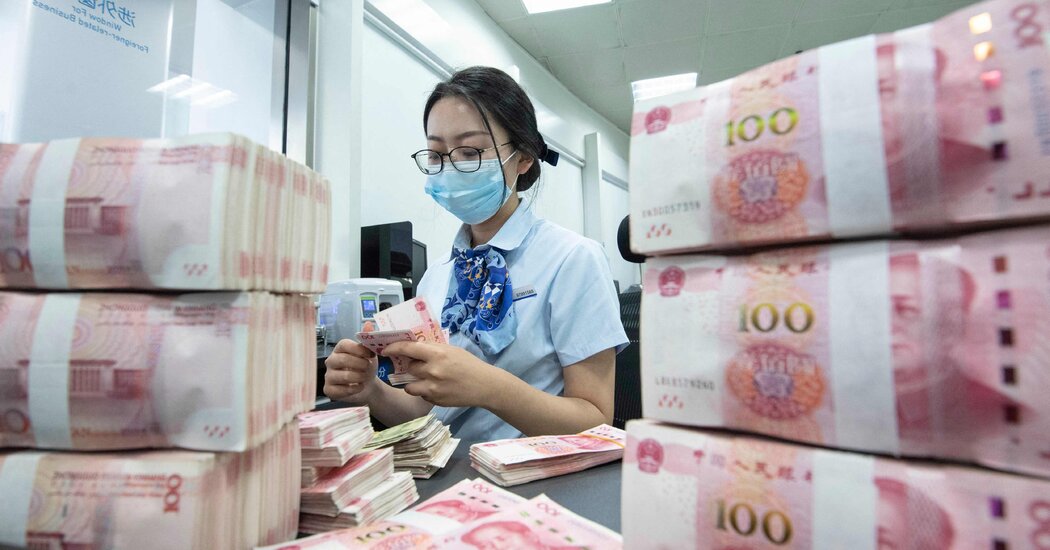Halloween Candy Is Getting Pricier
Low rainfall in places like Mexico, India and Ivory Coast could lead to lighter sacks of candy for trick-or-treaters this Halloween, as disappointing sugar and cocoa harvests have pushed up candy prices.
The price of candy is up 7.5 percent from last year and 20 percent from 2021, according to the latest data from the Bureau of Labor Statistics. That is a steeper climb than inflation overall, and has been driven by a spike in the prices of crucial ingredients like sugar and cocoa, which are the highest they’ve been in global wholesale markets in decades.
That’s because of poor harvests stemming from hot, dry weather and the high cost of fertilizer, among other factors. Sugar cane, which is processed into sugar, and cocoa, a key ingredient in chocolate, are especially sensitive to periods of low rainfall in the tropical regions where those crops grow, like parts of Asia, Central America and West Africa.
The United States relies on sugar imports from Mexico, which saw sugar production fall by more than 15 percent this year as a result of drought conditions, according to the U.S. Department of Agriculture. The price of raw sugar traded in global markets, recently around 27 cents per pound, was the highest since 2011.
Parts of Asia, home to several top sugar producers, have also experienced dry weather that hit harvests. India, one of the largest sugar producers in the world, has restricted sugar exports to protect its domestic supply.
“The U.S. candy consumer is essentially paying the price for poor crops in Mexico and also Asia,” said John Stansfield, a senior sugar analyst at commodity data platform DNEXT.
For candy makers, sugar is a more forgiving ingredient than cocoa because when sugar cane is scarce or expensive, the industry can lean on sugar beets, a crop that grows in colder climates and can also be refined into sugar, according to David Branch, an analyst at the Wells Fargo Agri-Food Institute.
Cocoa only grows in areas near the equator, primarily in West Africa, which has experienced drought over the past year. The effect on prices has been severe: In commodity markets, cocoa has recently traded above $3,800 per metric ton, the highest since the 1970s.
“Put an increased demand for chocolate coupled with a shorter crop, prices are going to go up,” Mr. Branch said.
American consumers have been wrestling with high inflation, especially for food, for many months. The cost of food is affected by weather and geopolitics, which domestic policymakers have limited power to address.
Shoppers are still expected to spend big this Halloween, which the National Confectioners Association describes as its industry’s “Super Bowl.” Americans are expected to spend $3.6 billion on Halloween candy this year, up 16 percent from last year, according to the National Retail Federation.
Part of that rise is because food companies have been raising prices over the past year, often citing increased ingredient prices. Many of those companies have sold fewer candy bars or packs of gum as consumers pulled back, but have still been able to grow their profits because of the higher prices.
Hershey, for example, raised prices by 11 percent last quarter at its North American candy unit, the company reported on Thursday. Although its sales volume fell by 1 percent, the unit reported a 20 percent jump in profit for the period, versus last year.
Increasingly, consumers are responding to higher prices on name brands by turning to private label products, including candy. But private label candies have historically had limited penetration because shoppers are generally loyal to brands and can notice slight differences in flavor, said Rob Dickerson, a food analyst at Jeffries.
“A lot of people have tried to mimic or recreate the Reese’s peanut butter cup,” he said. “Nobody’s been able to figure it out.”


